XR Digital
At XR Digital, we blend creativity, technology, and strategy to deliver unparalleled digital solutions. Explore the possibilities with us as we push the boundaries of innovation and transform your vision into reality.

Artificial Intelligence, often abbreviated as AI, is a cutting-edge technology that empowers machines and computer systems to simulate human intelligence. The primary goal of AI is to create intelligent agents that can perceive their environment, learn from experience, and make decisions to achieve specific objectives. This field of computer science combines various disciplines, including machine learning, natural language processing, and robotics, to develop systems capable of performing tasks that typically require human intelligence.
AI systems are designed to analyze data, recognize patterns, and adapt their behavior based on acquired knowledge. The range of applications for AI is extensive, encompassing fields such as healthcare, finance, education, and entertainment. As technology continues to advance, the capabilities of AI are expanding, contributing to innovations that impact both individual users and entire industries.
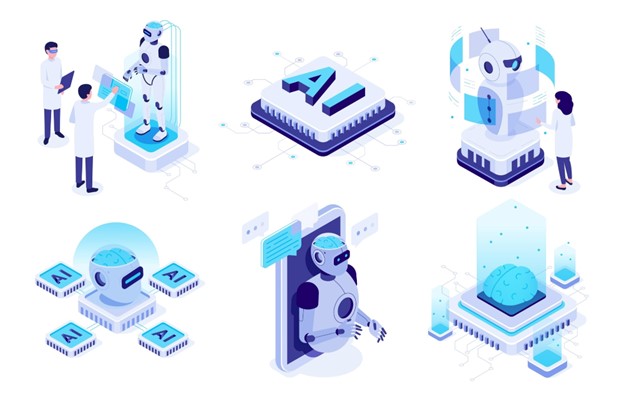
AI powers smart home devices that automate and optimize home environments. Smart thermostats, lighting systems, and security cameras use AI algorithms to learn user preferences, adjust settings, and enhance energy efficiency.
AI-driven recommendation systems are prevalent in online platforms such as Netflix, Spotify, and e-commerce websites. These systems analyze user preferences and behavior to suggest movies, music, or products tailored to individual tastes.
Social media platforms employ AI algorithms to curate personalized content feeds for users. These algorithms analyze user engagement patterns to prioritize and recommend posts, advertisements, and content that align with individual interests.
Navigation apps like Google Maps leverage AI for real-time traffic analysis, route optimization, and predictive suggestions. AI algorithms consider historical and live data to provide users with the fastest and most efficient travel routes.
AI-driven language translation tools, like Google Translate, utilize neural machine translation to provide accurate and contextually relevant translations. These tools support communication across different languages and facilitate global interactions.
Image and facial recognition technologies, powered by AI, are integrated into various applications. These include unlocking smartphones, organizing photo libraries, and enhancing security systems by identifying individuals.
AI is used in smart cameras and surveillance systems to detect and analyze activities. These systems can identify objects, people, and even abnormal behaviors, enhancing security and surveillance capabilities.
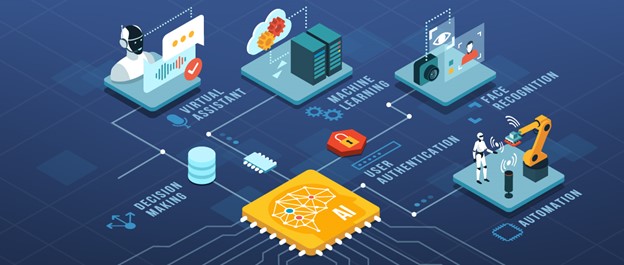
AI plays a pivotal role in automating routine and repetitive tasks, allowing businesses to optimize operational processes. Robotic Process Automation (RPA) and intelligent automation systems powered by AI enable companies to increase efficiency by automating data entry, document processing, and other rule-based activities.
AI-driven chatbots and virtual assistants are transforming customer service. Businesses employ AI to provide instant and personalized responses to customer queries, enhance user experiences, and streamline support processes. Natural Language Processing (NLP) allows these systems to understand and respond to customer inquiries effectively.
AI enhances marketing efforts by enabling personalized campaigns. Machine learning algorithms analyze customer preferences, behavior, and interactions to deliver targeted and personalized content. This not only increases the relevance of marketing messages but also improves customer engagement and conversion rates.
AI is instrumental in optimizing supply chain management. Predictive analytics, demand forecasting, and inventory optimization powered by AI technologies help businesses anticipate market demands, minimize stockouts, and reduce excess inventory. This leads to improved efficiency, cost savings, and enhanced overall supply chain performance.
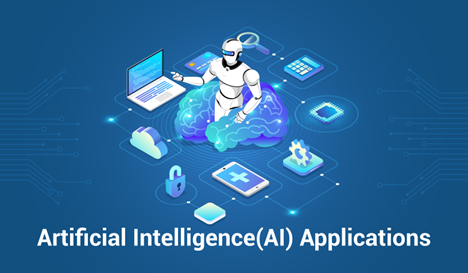
AI is revolutionizing medical imaging with advanced image recognition and analysis. Machine learning algorithms assist radiologists in interpreting medical images such as X-rays, MRIs, and CT scans. This not only improves diagnostic accuracy but also speeds up the process, leading to quicker treatment decisions.
AI accelerates drug discovery by analyzing vast datasets to identify potential drug candidates. Machine learning models predict how different compounds will interact with biological targets, helping researchers prioritize and optimize drug development efforts. This can significantly reduce the time and cost associated with bringing new drugs to market.
AI analyzes patient data, including genetic information, medical history, and treatment outcomes, to tailor personalized treatment plans. This approach, known as precision medicine, allows healthcare providers to optimize therapies based on individual characteristics, leading to more effective and targeted interventions.
AI-driven virtual health assistants and chatbots provide instant healthcare support, answer medical queries, and offer guidance on symptoms. These virtual assistants use natural language processing to interact with users, providing valuable health information and facilitating remote consultations.
AI-assisted robotic surgery enhances precision and efficiency in the operating room. Surgeons use robotic systems equipped with AI algorithms for tasks such as suturing, tissue manipulation, and real-time feedback during surgery. This results in minimally invasive procedures and faster recovery times for patients.
AI, particularly natural language processing (NLP), is used to extract valuable information from unstructured data in electronic health records. This facilitates more comprehensive and efficient data analysis, leading to improved clinical decision-making and patient care.

XAI is a branch of AI that aims to make AI systems more transparent and accountable by providing human-understandable reasons for their outputs. XAI can help users trust and evaluate AI models, as well as debug and improve them. XAI can also help ensure that AI systems are fair, ethical, and aligned with human values. Some of the methods used in XAI include feature importance, saliency maps, decision trees, counterfactuals, and natural language explanations.
Edge computing is a paradigm that shifts the computation from centralized cloud servers to distributed devices at the edge of the network, such as smartphones, sensors, and IoT devices. AI in edge computing can enable faster and more efficient data processing, as well as more intelligent and autonomous decision making. AI in edge computing can also reduce the bandwidth and energy consumption, as well as enhance the privacy and security of the data. Some of the applications of AI in edge computing include smart cities, healthcare, agriculture, and manufacturing.

AI for cybersecurity is the use of AI techniques to enhance the detection, prevention, and response of cyber threats. AI for cybersecurity can leverage the power of data analytics, machine learning, and natural language processing to identify patterns, anomalies, and behaviors that indicate malicious activities. AI for cybersecurity can also automate and optimize the security operations, such as threat intelligence, vulnerability assessment, and incident response. Some of the challenges of AI for cybersecurity include adversarial attacks, data quality, and ethical issues.
AI in autonomous systems is the use of AI technologies to enable systems that can operate and perform tasks without human intervention or supervision. AI in autonomous systems can enhance the capabilities and reliability of systems such as self-driving cars, drones, and robots. AI in autonomous systems can also enable new applications and services, such as delivery, surveillance, and entertainment. Some of the technologies used in AI in autonomous systems include computer vision, sensor fusion, reinforcement learning, and planning.

AI-Powered Success: UI design patterns are reusable solutions for common user interface problems, such as navigation, layout, and interaction. App designing tools are software applications that help developers create and design user interfaces for mobile and web applications. AI-powered app designing tools can streamline the design process and enhance collaboration, contributing to the success of software with effective UI design patterns. AI-powered app designing tools can also provide features such as design suggestions, feedback, and testing .
AI in augmented and virtual reality is the use of AI techniques to create and enhance immersive and intelligent experiences in AR and VR applications. AI in AR and VR can improve the realism of virtual environments, such as generating realistic graphics, sounds, and haptics. AI in AR and VR can also enable more natural interactions, such as speech, gesture, and eye tracking. AI in AR and VR can also provide personalized experiences, such as content recommendation, adaptation, and customization .
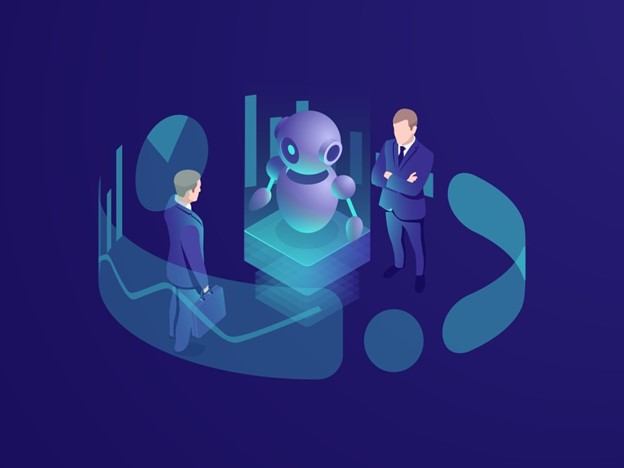
Convergence of Blockchain and AI Technologies: Decentralized apps, or dApps, are applications that run on a distributed network of nodes, such as a blockchain, without relying on a central authority or intermediary. Blockchain and AI are two technologies that can enhance the functionality and performance of dApps, by providing security, transparency, and autonomy. Some of the benefits of converging blockchain and AI for dApps are: Security, Transparency, Autonomy.
In conclusion, Artificial Intelligence (AI) stands at the forefront of technological innovation, revolutionizing various aspects of our daily lives and industries. From virtual assistants simplifying tasks to personalized healthcare advancements, the real-world applications of AI are diverse and impactful. As AI continues to evolve, addressing challenges such as bias, transparency, and ethical considerations remains crucial. Looking ahead, the integration of AI with emerging technologies, ethical governance, and the pursuit of explainable AI are key trends shaping the future landscape.
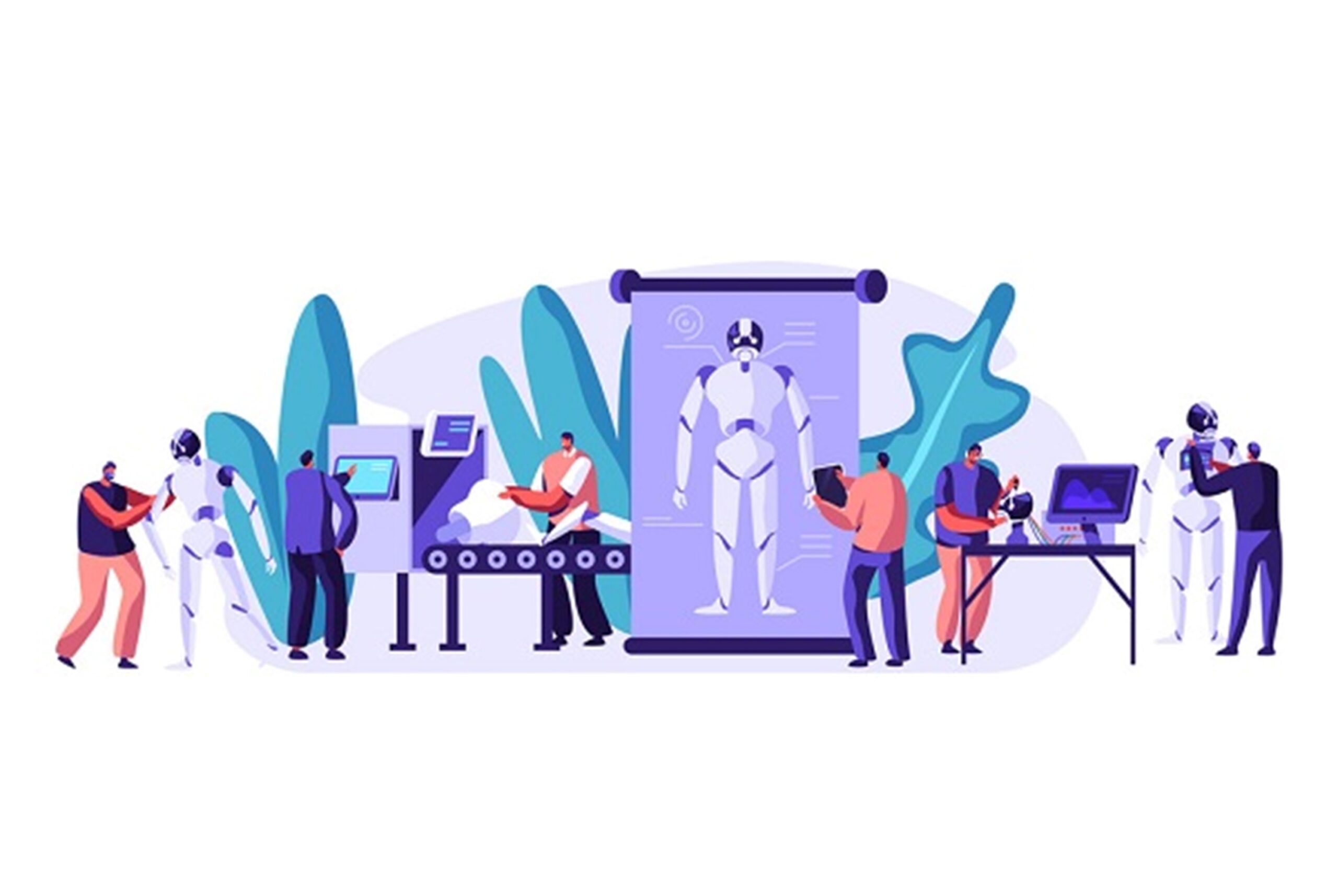
XR Digital is a pioneer in delivering cutting-edge technology services, including Software development. We have the skills and experience to tackle the challenges of Software development and drive our digital projects to the next level. Our work in AI is innovative and authentic, not fake, or imitated. We can help you unleash the full potential of AI-driven software solutions. We design modular and maintainable application services that integrate seamlessly with your overall software architecture.
AI, or Artificial Intelligence, is a technology that helps machines think and make decisions like humans. It works by using computer programs to learn from data and improve over time.
Sure! If you’ve ever used voice assistants like Siri or asked Alexa a question, that’s AI. Other examples include personalized recommendations on Netflix or Spotify and even the predictive text on your smartphone.
AI is behind the scenes on social media, showing you posts and ads based on your interests. When shopping online, it helps recommend products you might like, making your experience more personalized.
Not exactly. While AI is the brainpower behind robots, it’s more than that. AI can be in your phone, helping it understand your voice, or in your email, filtering out spam. It’s like the intelligence that makes technology smart.
AI brings cool things like smart devices and better medical diagnoses. However, some worry about things like privacy and job changes. It’s exciting for what it can do, but people want to make sure it’s used in ways that are fair and safe.
At XR Digital, we blend creativity, technology, and strategy to deliver unparalleled digital solutions. Explore the possibilities with us as we push the boundaries of innovation and transform your vision into reality.